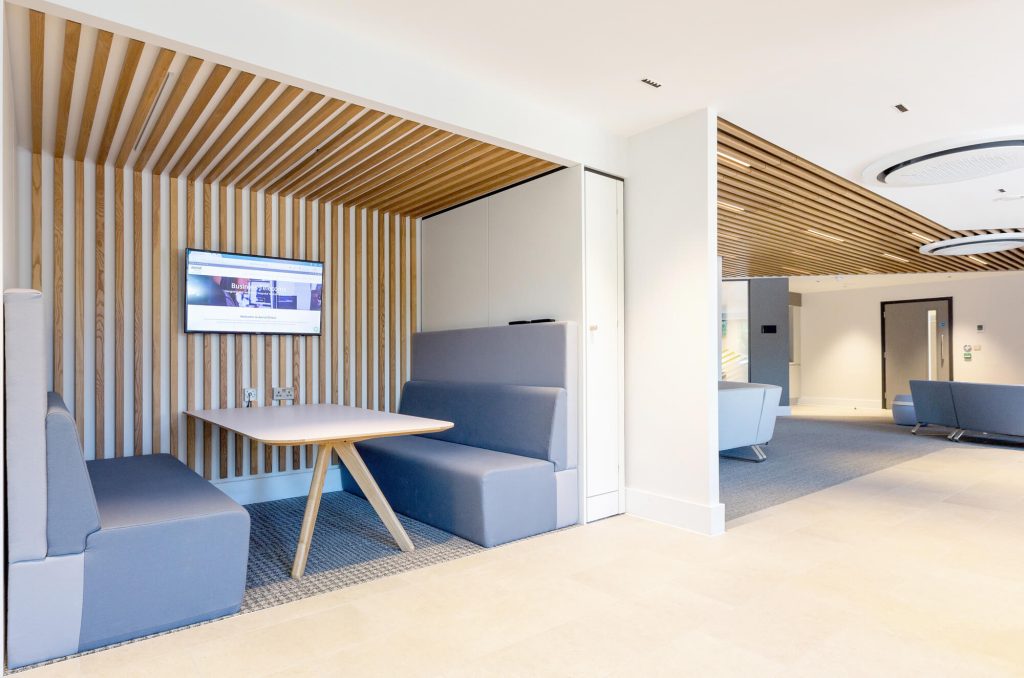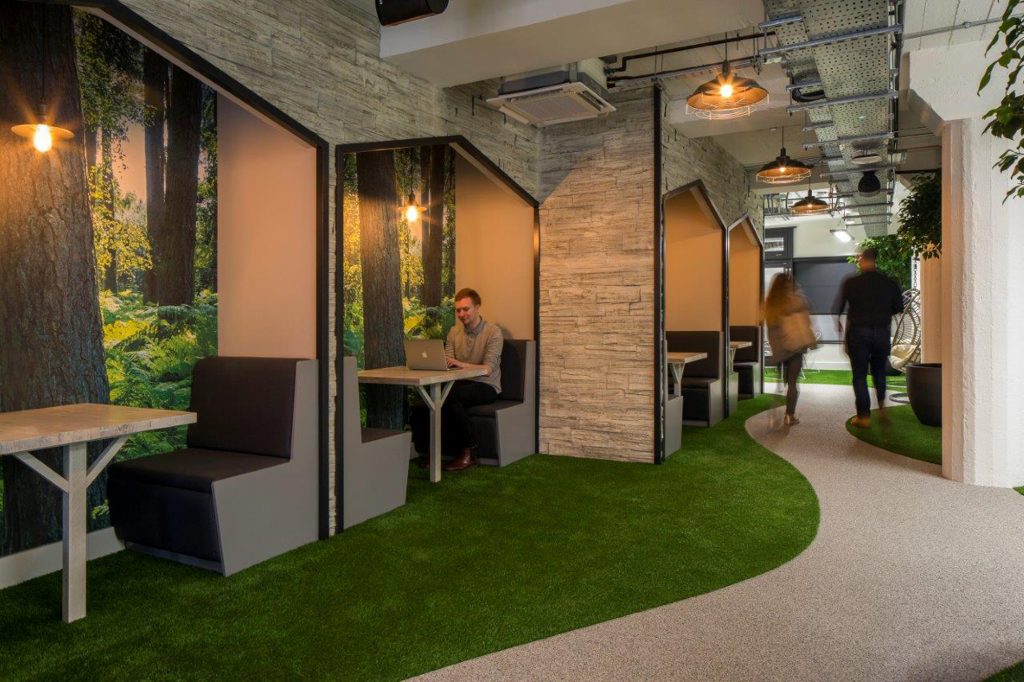Co-working is the buzzword of the decade. A relatively young concept, it has been steadfastly growing in popularity since it was introduced by Brad Neuberg in 2005.
Some of the key players, such as WeWork and Spaces can hardly keep up with the demand and with the projected annual growth of 16%, the number of co-working spaces is forecasted to reach 30,000 by 2020.
Co-working can offer an opportunity to pilot test a start-up business. Without the need to sign an annual lease or spend money on an office refurb in advance, such spaces can help to save thousands in the initial make-or-break stage of a start-up. They also provide a lot of flexibility in terms of working hours and can be very accommodating to the rapid changes in the number of personnel.
However, besides the benefits of cost saving and flexibility, there is one aspect of a thriving co-working place that takes it apart from any other hot desking or short-term rental – a sense of community.
Working independently can be a lonely experience and possibly very counterproductive, especially for those in creative industries. Without having a chance to test and debate your ideas with like-minded individuals your creative juices may be drained very quickly.
Well-designed coworking spaces produce an environment that can be stimulating and relaxing at the same time, by including a library, a bar or a dining area. They can even go as far as incorporating a game room, a gym or even children’s play areas. These sites have a huge local community appeal and have been known to regenerate entire neighbourhoods.
Designed with the idea of promoting communication, the social aspect for these workplaces is as important as the business services that they offer.
This means that the borderline between work and social interaction in these premises has become very thin, and such a contrasting use of space has given way to some of the most imaginative and hip working environments.
It is quite possible that the emergence of coworking sites has contributed to reforming the approach to modern office design in general.
Some of the most appealing and popular examples completed to date would, as a norm, stray away from a traditional workspace design. Think of including in your design the materials that are usually associated with the hospitality environment: raw textures in combination with more luxurious finishes, and wood, and make sure to incorporate biophilic elements.
Adding large quantities of live plants can strain your budget and add to the maintenance costs, but it does not mean that you should forgo this idea.
Speaking of acoustics, there is one obvious drawback to working among a large number of people; the noise. It is therefore essential to provide an appropriate level of acoustic absorption in the area generally and to enable co-working members to hold private meetings and conversations. However, cutting out an open space into individual rooms will defy the whole idea. Hence, the majority of successful venues will have private booths which most of the time include acoustic elements, such as ceilings.


The benefits of communal and flexible working have not gone unnoticed in the corporate world, which led to another trend; corpo-working.
Some corporations chose to set up a satellite co-working hub in which they would temporarily place their teams to enable them to learn through shared experience and gain a different perspective. The others, not quite ready for a complete detachment from their premises, have followed this trend and opened up their doors to independent professionals by offering desk renting services.
By the nature of their business, creative and marketing agencies greatly rely on freelance professionals, so it always pays off to make the offices accessible for them by allocating areas for agile working and hot-desking.
This stunning office in a landmark location included, besides hot desks and training suites, a fantastic café with commanding views of London. Having a comfortable and informal space in the office is a good way to ensure that those with flexible working hours can still be a part of your company and mix with full-time employees.
Even when your line of business requires people to work individually and does not lend well to the idea of sharing with outsiders, you can still reap the benefits of co-working principles by creating some communal areas for the employees to socialise and unwind. Think of dressing such areas differently from the rest of the office. This will help to create an illusion of stepping out of the office and encourage better communication between the employees as well as contribute to quicker re-energising.
Over the years we have helped to implement some of the most exquisite and inspirational workspace designs. Our range of products can be successfully applied to any interior, contributing to employees’ creativity and well-being.
Call our expert team 03307 00 00 30 to learn how we can help you with your office design that includes co-working principles, or email us at info@vtecgroup.co.uk.